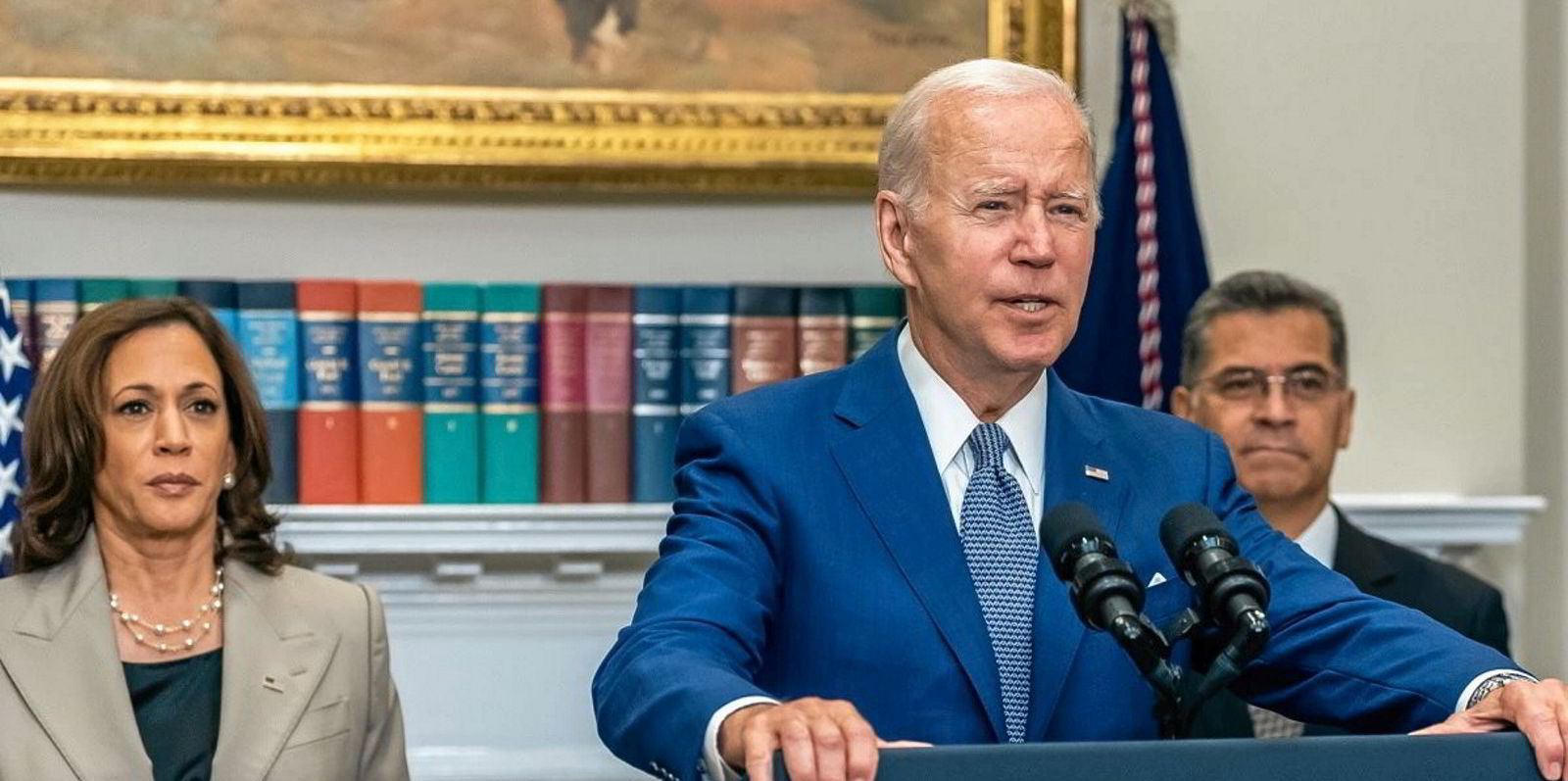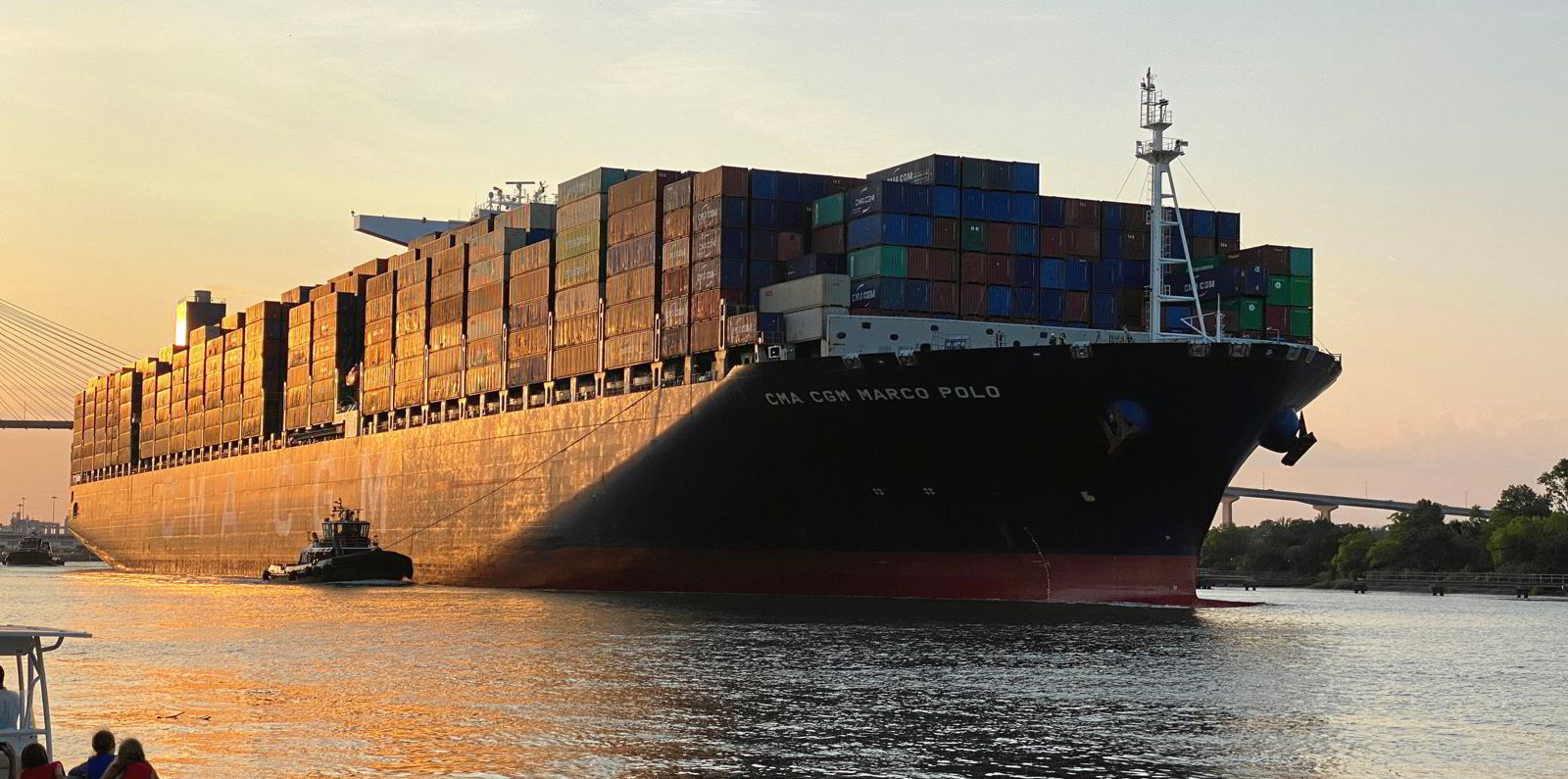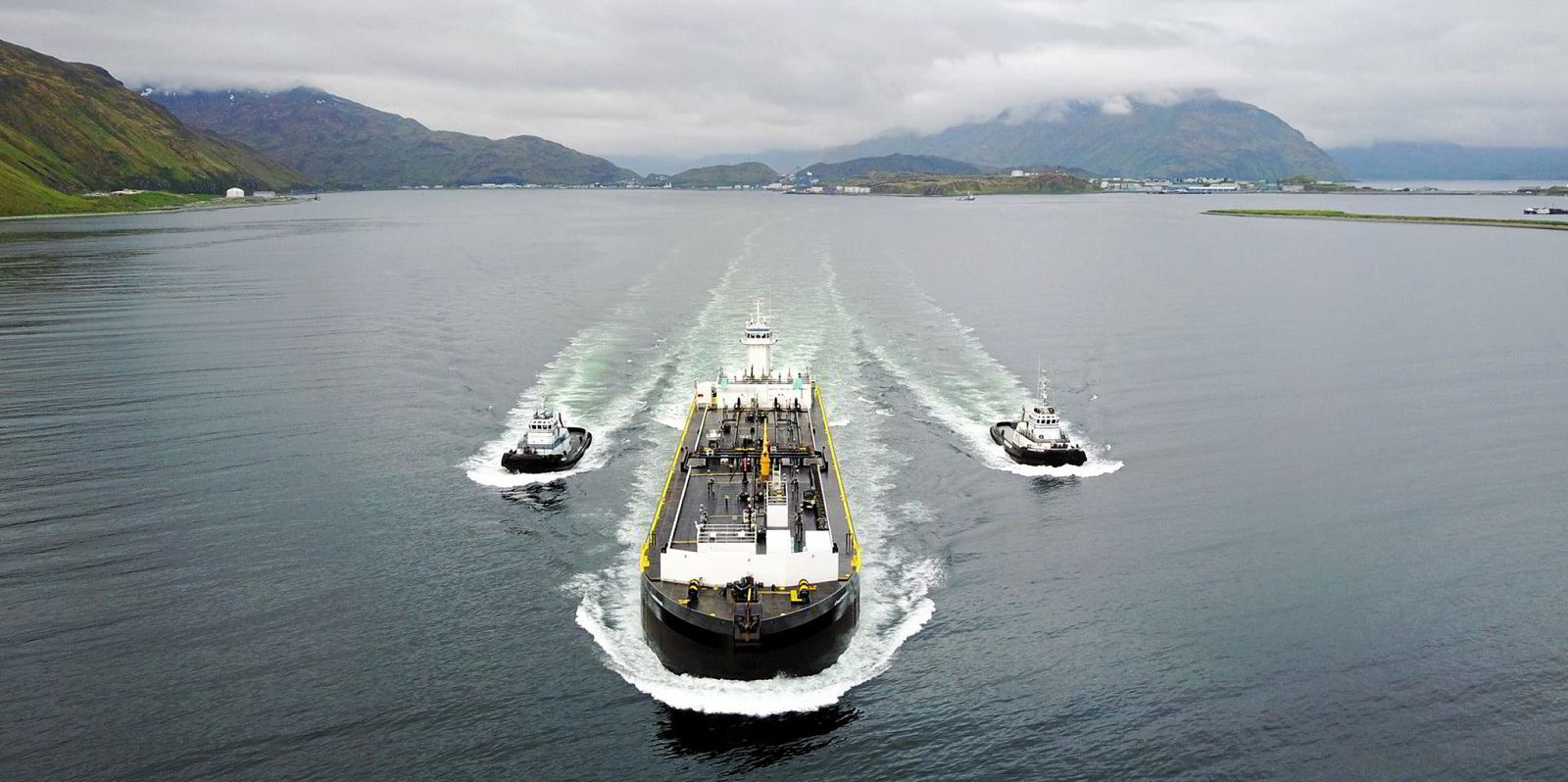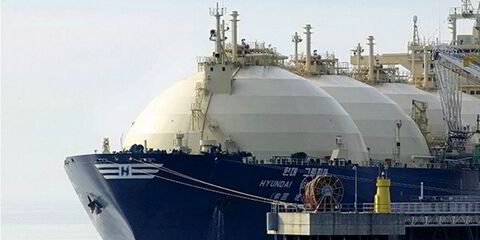When US monetary officials meet later this month to make the next decision on whether — or, more accurately, by how much — to hike interest rates to tackle inflation, they will no doubt look to supply chain issues as a key factor.
And after expressing so much anger at the liner sector that he at one point wanted to punch somebody, US President Joe Biden is no doubt looking to the country’s west coast, where labour negotiations covering dozens of container ports have led to calls that he intervene to prevent more snarls in the supply chain that could further fuel inflation.
The president and Federal Reserve chair Jerome Powell, acting independently of each other, are fighting a war against inflation on two different battlefronts, both of which factor in shipping.
But the unprecedented way in which the supply chain has entered the consciousness of US officials, and the American public, has Washington coming to grips with an industry that it has frequently ignored.
While ocean shipping understandably does not want to take the blame for a supply chain that was slammed by changing consumer behaviour and bottlenecks in ports and on land, it is hard for the liner industry to say it does not have an impact on inflation from atop a money pile built by record profits.
But the nuances of a potentially lasting impact might be lost behind the headlines.
Blue Alpha Capital founder John McCown, a former liner industry executive who now advises hedge funds and private equity funds on transport, recently wrote that spot freight rates make up a relatively small percentage of the actual loads carried on container ships.
And yet, they still have a meaningful impact on inflation, he wrote on Medium.
Lingering impact
That is because even though 90% of containerised shipping is moved through contract rates, those spot rates influence the price of contracts that may last a year.
So while shipments moved under those contracts may not have reached the peaks of spot rate impacts at the height of the container crunch, he estimated that an annual US pricing impact from container shipping to be at $66bn, or about 1.2% of Americans’ spending on goods.
Certainly, that is lower than today’s inflation, with so many more factors feeding into a consumer price rise that is believed to have topped 8.6% in June in the US.
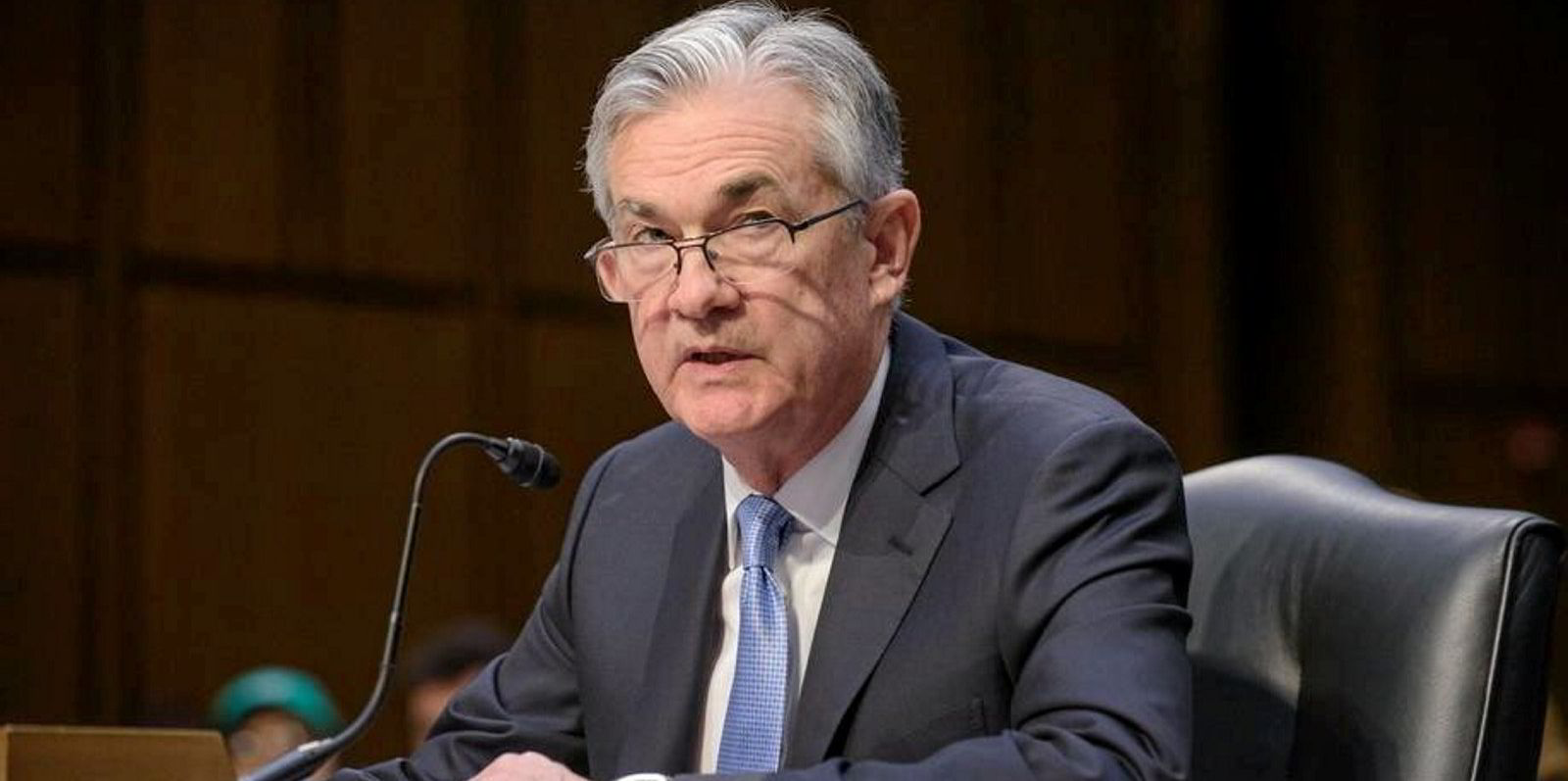
Although it is also lower than the impact of spot rates, a market based on longer-term contracts means that the impact on consumer prices will last even after the plunge in spot container freight indices we have already seen.
“Inflation is measured based on actual expenditures,” McCown wrote.
That is reflected in the earnings of liner operators, which have seen profits soar even as spot indices declined.
McCown said he estimates the ocean container carriers earned $120bn in net income in the first half of this year, compared with $148m for all of 2021.
But with the attention on spot rates, the “actual expenditures” in the container shipping market are masked in opaqueness, to the detriment of shippers whose contract rates are often driven by those spot indices.
“I think there’s a screaming need for more clarity,” McCown told TradeWinds.
Among his recommendations for tackling this situation, McCown suggested that the federal government, possibly through the Federal Maritime Commission (FMC), could gather more data on what is actually happening on particular trade lanes, including charting a path towards requiring liner operators to submit volume and pricing information.
He argued that public access to this data could allow shippers to make more informed decisions.
But it would also better inform policymakers.
The Federal Reserve, America’s central bank, cannot unsnarl the supply chain, but chair Powell has signalled that its Open Market Committee could hike interest rates by 0.5%, to 0.75%, this month even at the risk of slowing the economy — or even a recession.
Biden has tried a variety of interventions, from urging passage of the Ocean Shipping Reform Act giving the FMC more powers, to claiming that his efforts to ease bottlenecks at ports helped prevent bare shop shelves last Christmas. But in expressing anger at the shipping industry, he has blurred the contours of its true impact on inflation to the American public.
A deeper understanding is needed.
